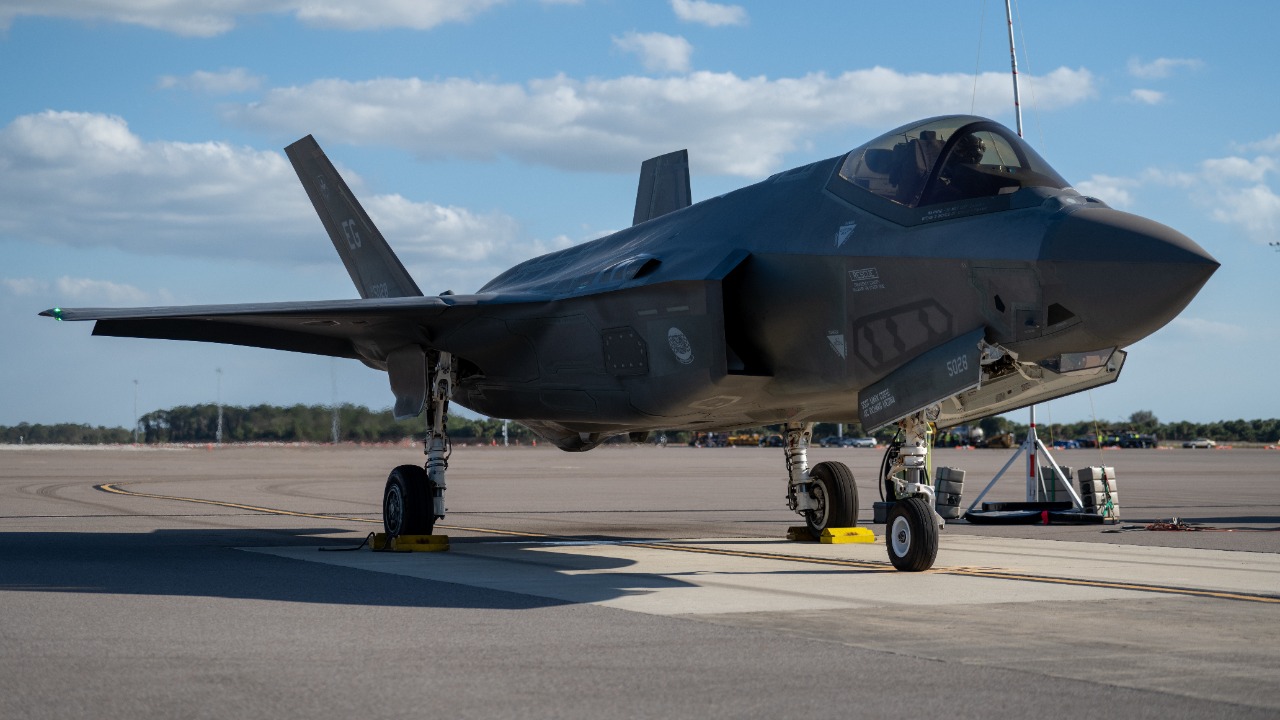
Fighter jets are often surrounded by a cloud of myths and misconceptions, many of which are perpetuated by popular culture. These myths can sometimes lead to misunderstandings about the capabilities and limitations of these advanced machines. Here, I demystify some of the most common myths that pilots dislike hearing.
Speed is the Only Measure of a Jet’s Performance
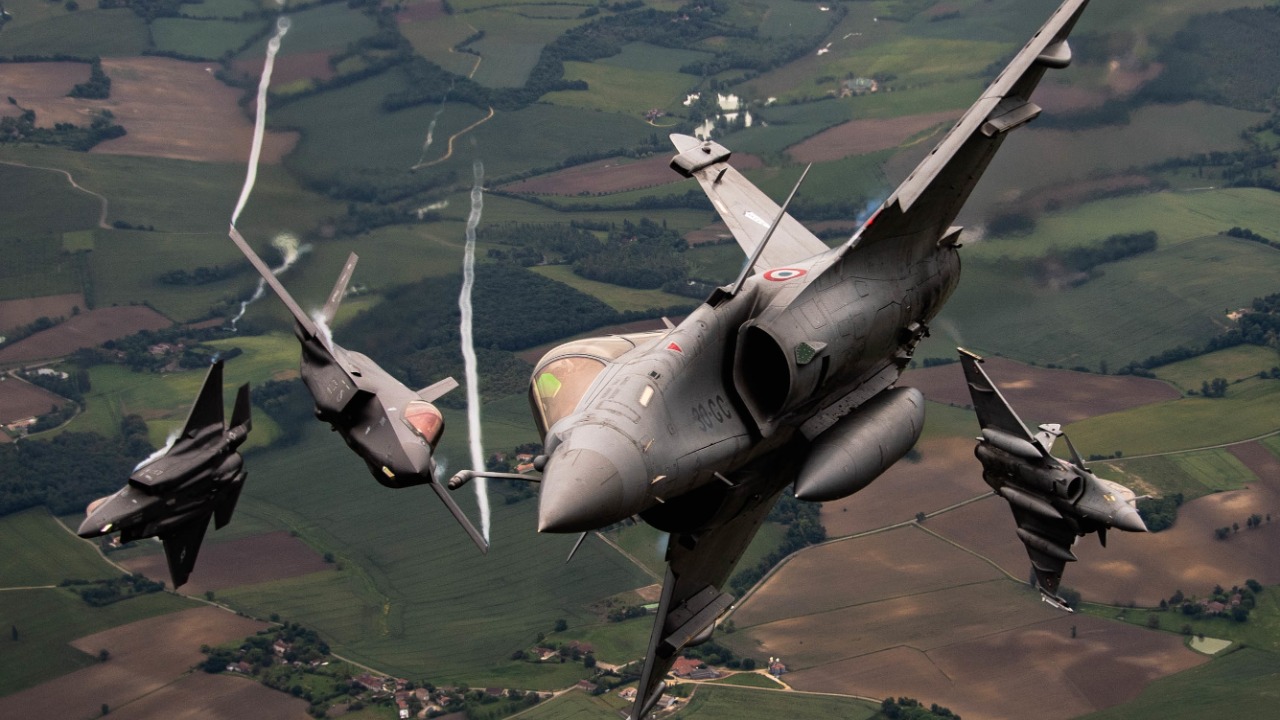
While speed is an important aspect of a fighter jet’s capabilities, it is far from the only measure of its performance. Modern fighter jets are evaluated based on a range of factors, including maneuverability, stealth, avionics, and payload capacity. For instance, a jet like the F-35 may not be the fastest, but its advanced stealth technology and versatile capabilities make it a formidable force. This has been discussed in various forums like Quora.
Additionally, a fighter jet’s ability to integrate with other systems and perform a variety of missions can be just as crucial as its top speed. Pilots appreciate jets that offer a balance of speed, agility, and technology, rather than focusing solely on breaking the sound barrier.
Fighter Jets Are Indestructible Machines
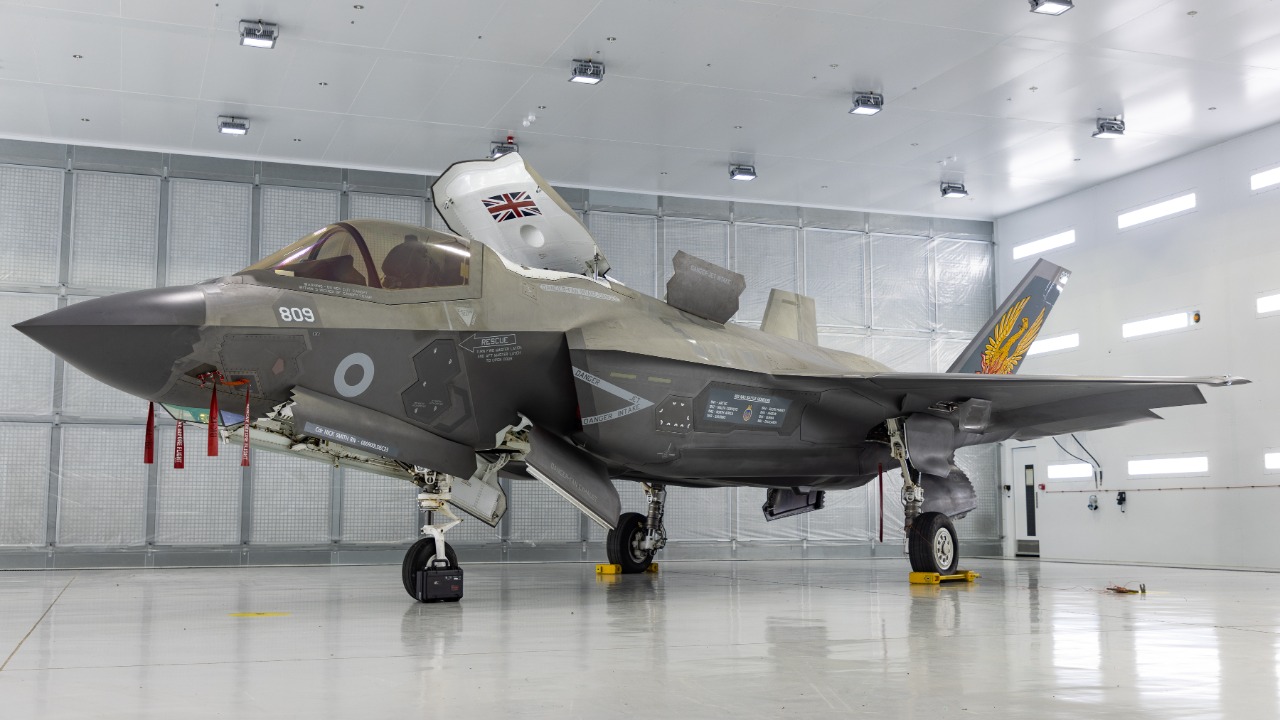
Contrary to popular belief, fighter jets are not indestructible. They are complex machines made up of thousands of components that require regular maintenance and care. Environmental factors, mechanical stress, and operational wear and tear can all affect a jet’s longevity and performance. In fact, the rigorous demands of flight can lead to the need for frequent repairs and upgrades.
Pilots are keenly aware of their jets’ vulnerabilities and are trained to manage and mitigate risks during missions. The perception of invincibility is often dispelled by the pilots’ firsthand experiences and is a topic of discussion in various online communities, including on platforms like Reddit.
Pilots Rely Solely on Autopilot Systems
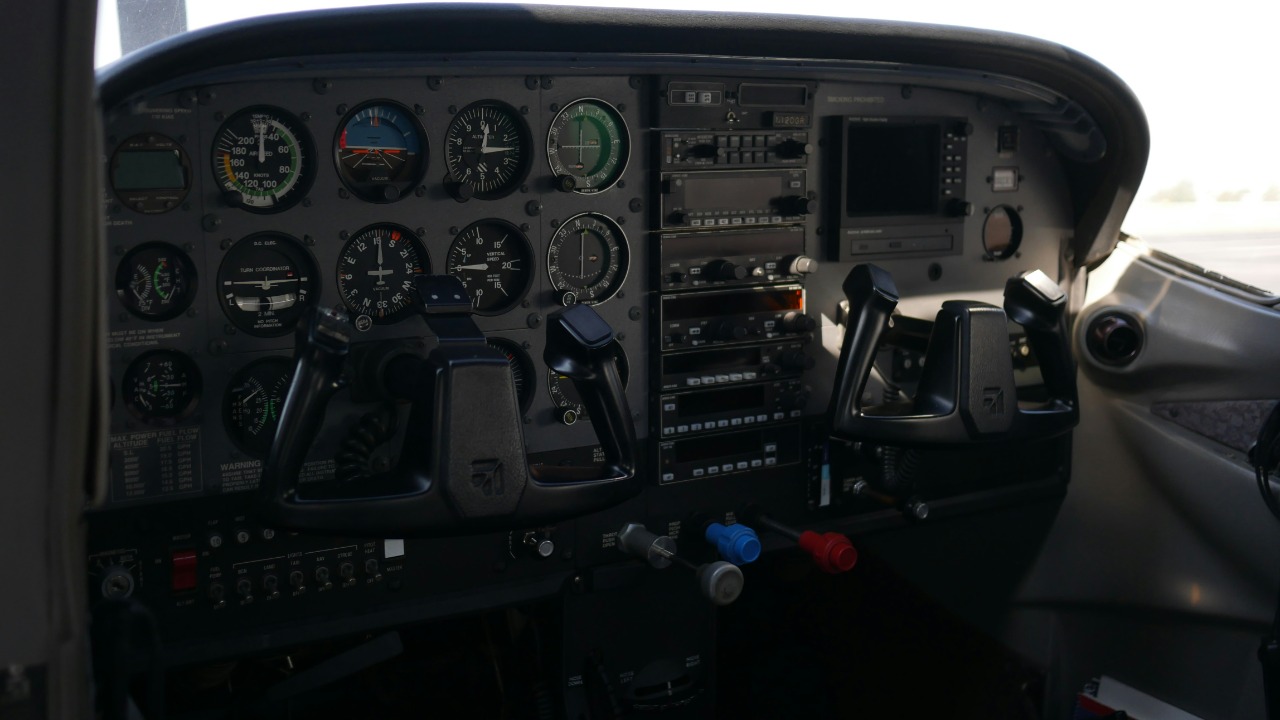
While autopilot systems are a critical component of modern aviation, they are not a substitute for a pilot’s skill and judgment. These systems are designed to assist pilots by managing routine tasks and maintaining stability during flight. However, in complex or unexpected situations, pilots rely on their training and expertise to make split-second decisions.
Autopilot can reduce workload, but it cannot replace the nuanced decision-making required during dynamic flight operations. Pilots must remain vigilant and ready to take control, particularly during combat or in adverse conditions, a fact appreciated across various military forums like We Are The Mighty.
All Fighter Jets Are Equipped with Ejection Seats
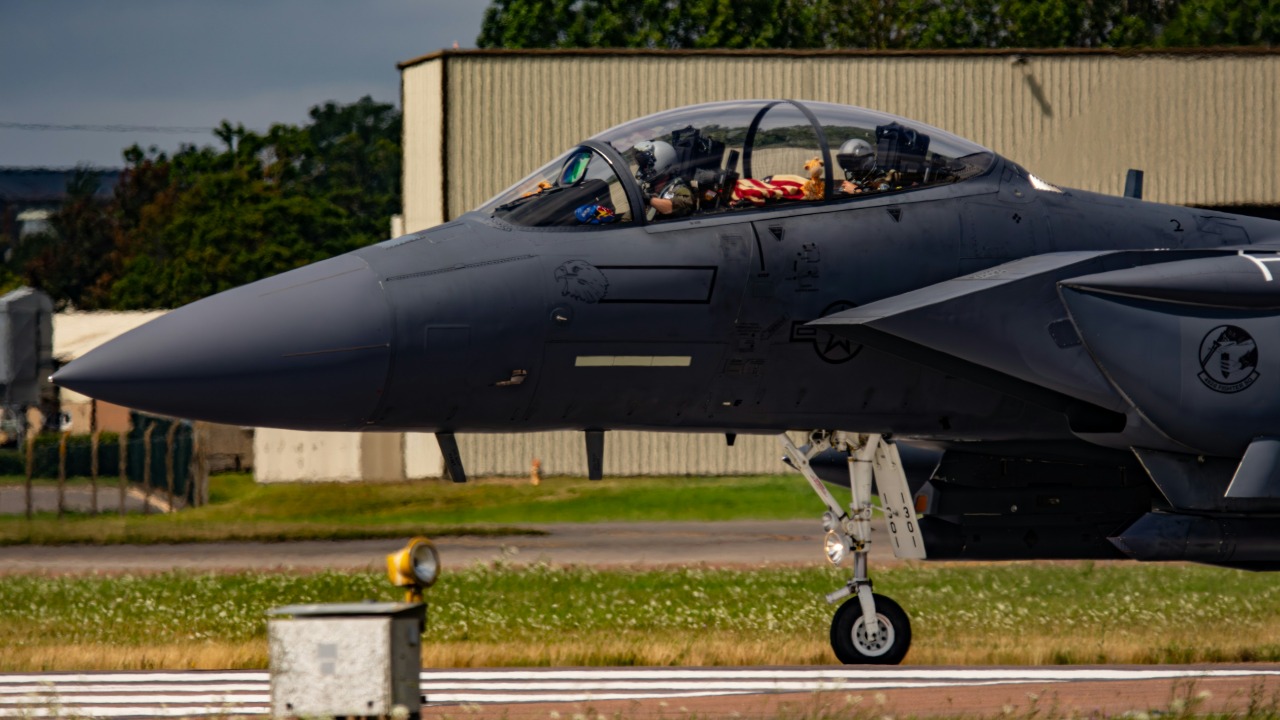
It’s a common assumption that all fighter jets come equipped with ejection seats, but this is not always the case. While ejection seats are standard in most modern fighter jets, older models and certain types of aircraft may not have them. The inclusion of an ejection seat depends on the aircraft’s intended use and design specifications.
Pilots operating jets without ejection seats must rely on alternative emergency procedures. The decision to install such a system involves weighing factors like cost, weight, and the specific mission requirements of the jet.
Dogfighting is the Main Job of Modern Fighter Jets
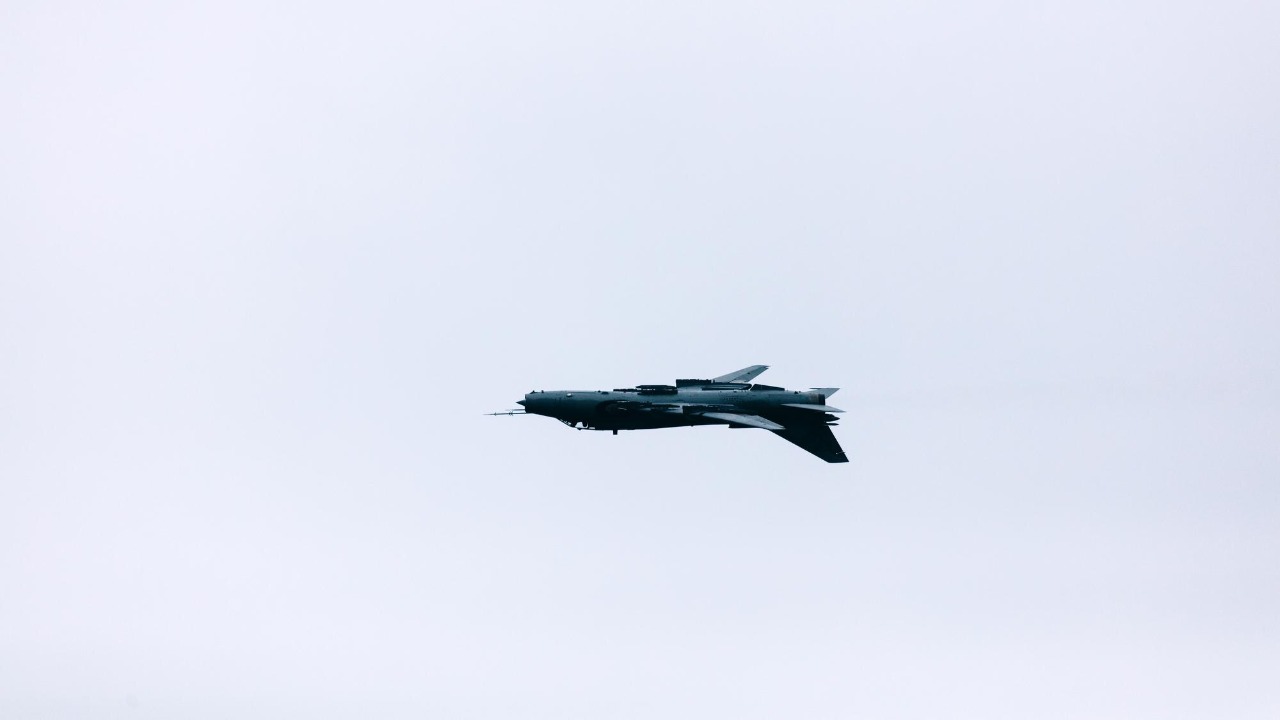
While dogfighting is a classic image associated with fighter jets, modern air combat has evolved beyond these aerial duels. Today’s fighter jets are multipurpose platforms designed to perform a wide range of missions, including reconnaissance, electronic warfare, and precision strikes. This shift has redefined the role of fighter pilots in contemporary warfare.
The emphasis now is on versatility and adaptability, with pilots trained to execute various mission profiles. The transition from traditional dogfights to innovative combat strategies reflects the changing landscape of aerial warfare, as discussed in insightful videos like this one on Facebook.